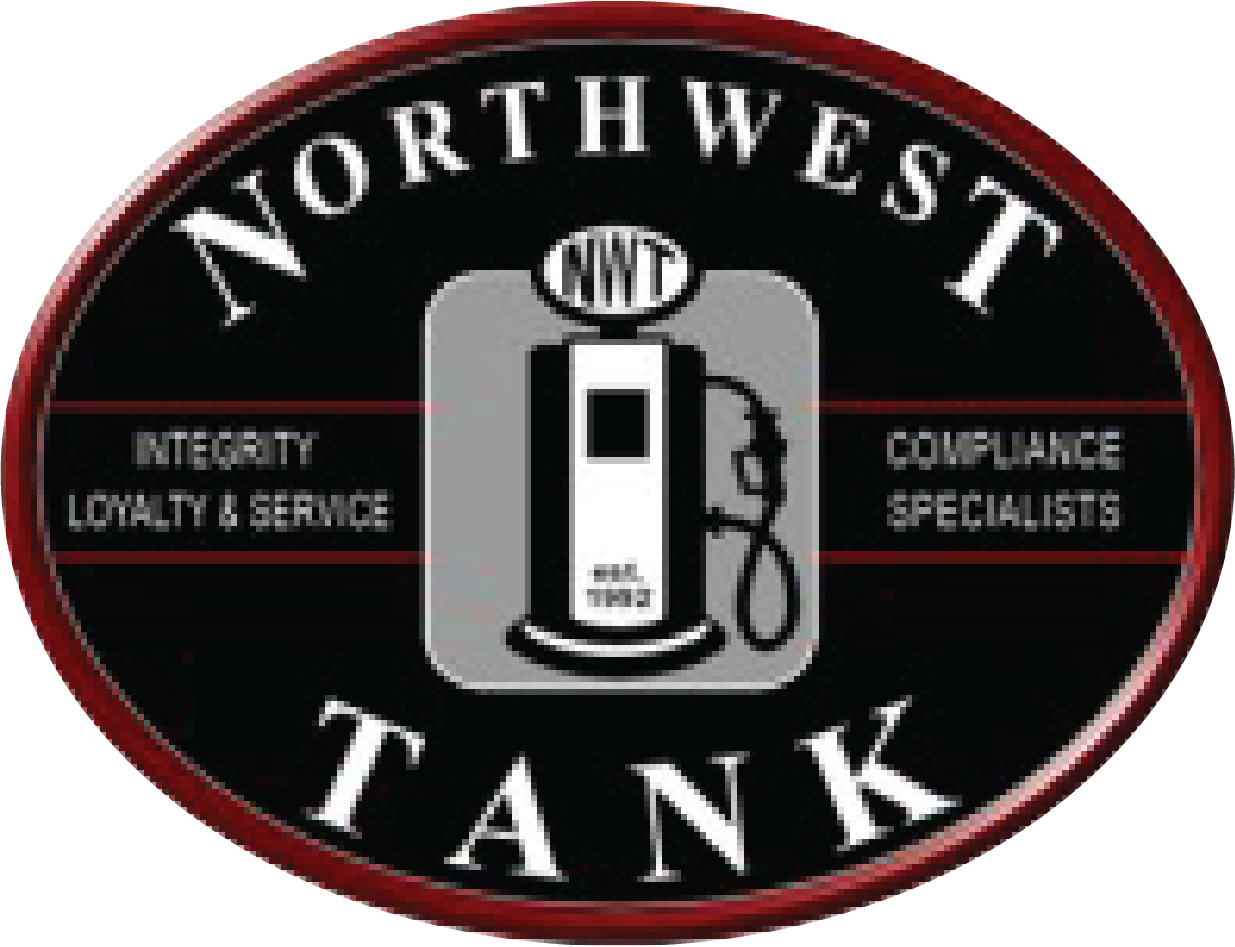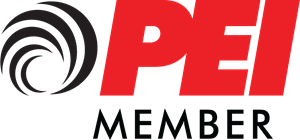Services > UST Compliance
Northwest Tank offers Underground Storage Tank (UST) Compliance Testing which includes all required release detection testing procedures. A failure to comply with local, state and federal requirements related to detection testing may result in written violations and monetary fines.
Because testing frequency and fuel requirements are often site specific, Northwest Tank evaluates each site specifically to determine minimum test requirements and provides a cost estimate for any necessary testing free of charge.
To ensure ongoing compliance, Northwest Tank clients are enrolled in a “UST Compliance Program” that is specific to the unique needs of the station. The site is notified prior to the next required testing period to ensure that the next testing cycle is conducted on-time. Clients who participate in the UST Compliance Program and are under contract with Northwest Tank are guaranteed timely service. This means that if the site is not tested on or before the next scheduled due date, the testing service for that cycle is provided at no cost. Contact Northwest Tank for more information.
Tank Tightness Testing
Tank Tightness Testing is required in the event of a failed or non-conclusive Statistical Inventory Reconciliation (SIR) report, as mandated by local, state or federal inspectors, or as required by the owner’s insurance company.
Requirements for Tank Tightness Testing:
- Maximum of 20,000 gallon capacity for each tank.
- Minimum of 24 inches of product in each tank.
- Minimum of 12 hours waiting period after fuel delivery.
- Maximum of 10,000 gallons Ullage (vapor space).
- Minimum 1 hour test time.
- Typical down-time for test: 2-5 hours.
-
For more information about third-party certification click here.
Line Tightness Testing
Line Tightness Testing is required annually for all single-wall, pressurized, underground product lines that are not equipped with SIR or an electronic line leak detector capable of conducting a monthly .2GPH test. Suction systems with a check valve located at the tank require line tightness testing once every three years.
Requirements for Line Tightness Testing:
- Minimum of 30 minute period between dispensing and testing.
- Minimum 30 minute test.
- Test conducted at 150% normal operating pressure.
- Typical down-time for test: 1 hour.
-
For more information about third-party certification click here.
Leak Detector Testing
Leak Detector Testing is required annually for all underground pressurized lines regardless of line configuration. A 3GPH leak must be simulated by a licensed technician once a year to ensure the line is protected from a catastrophic failure.
Requirements for Leak Detector Testing:
- Access to circuit breaker and turbine relay boxes.
- Simulate 3GPH leak at a metering pressure of 10 PSI.
- Typical down-time for test: 30-45 minutes.
Cathodic Protection System
Steel tanks equipped with a Cathodic Protection (CP) system require testing once every three years at a minimum. In addition, sites equipped with an impressed current system have a rectifier which requires inspection once every 60 days. Owner/operators may conduct the 60-day inspections, however, a certified CP tester is required for the three year test.
Requirements for Cathodic Protection System Testing:
- Access to the rectifier (if applicable).
- Access to the protected structures (tanks, lines, etc.).
- Site or products will only require down-time in the event the protected structures are located in a high-traffic area near the fuel dispensing area.
- Typical test time: 30-45 minutes per tank.
Tank Monitor Certifications
Monitoring systems are required to be tested in accordance with manufacturer guidelines. Northwest Tank’s team of experienced and highly trained technicians can thoroughly inspect the programming, sensor placement, and sensor operation of such monitoring systems in accordance with established manufacturer guidelines.
To learn more about third-party evaluations and to determine the testing requirements for your monitoring system click here.
Requirements:
- Access to monitoring system console.
- Access to all sensors or probes.
- Typical down-time for test: 1-2 hours depending on the number of components in the system. Sites not programmed for positive shut-down with tanks away from high traffic dispensing area may not have any down-time for this test.
Helium Pinpoint Testing
Helium Pinpoint Testing is strictly used as a troubleshooting tool to locate a suspected leak. This is not an authorized form of release detection. However, proper helium pinpoint testing will locate a leak and potentially save the site owner time and money by determining the exact leak location, thus allowing maintenance crews to dig in the correct spot to conduct the needed repair.
Requirements for Helium Pinpoint Testing:
- Line or tank must be empty for test.
- Typical down-time varies depending on ground cover, system size, etc.


